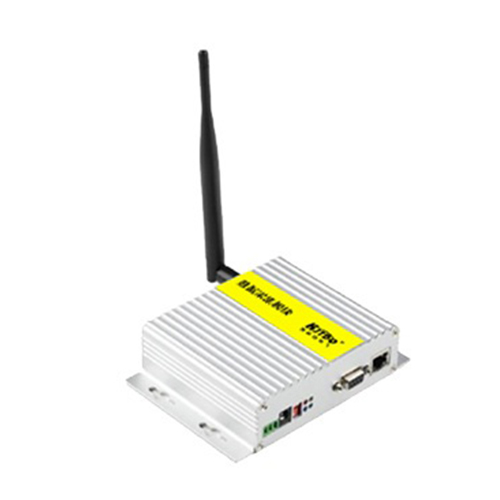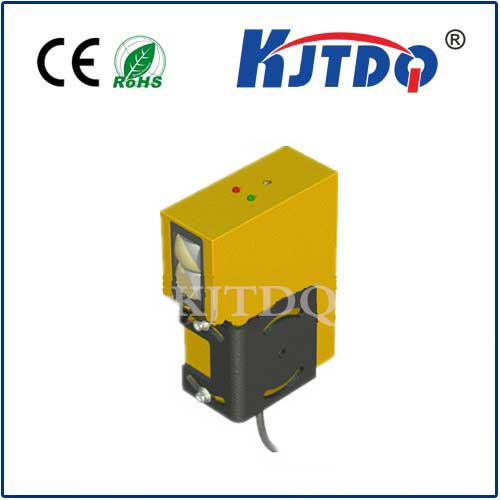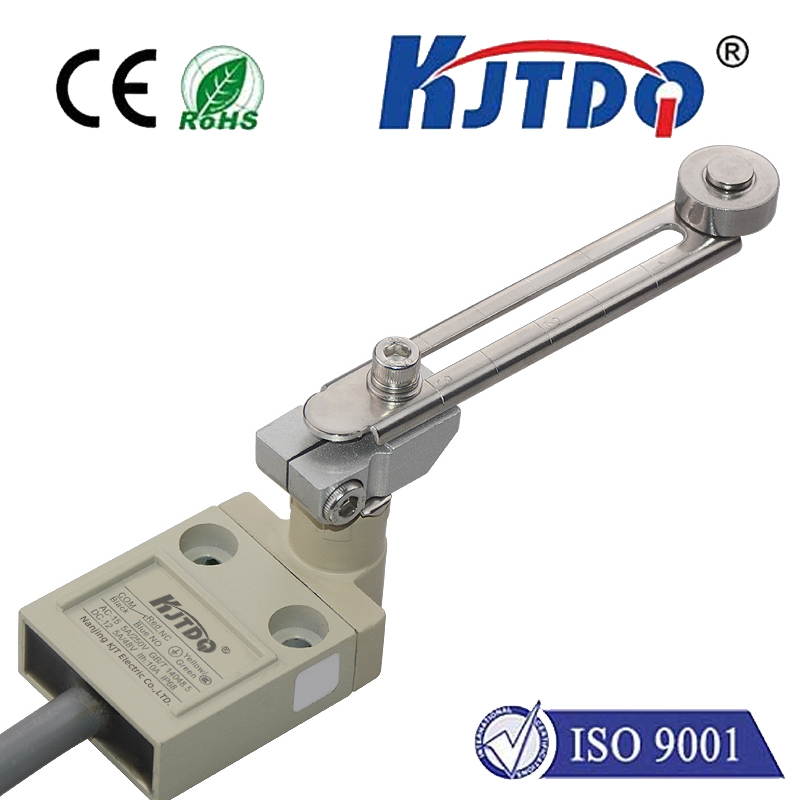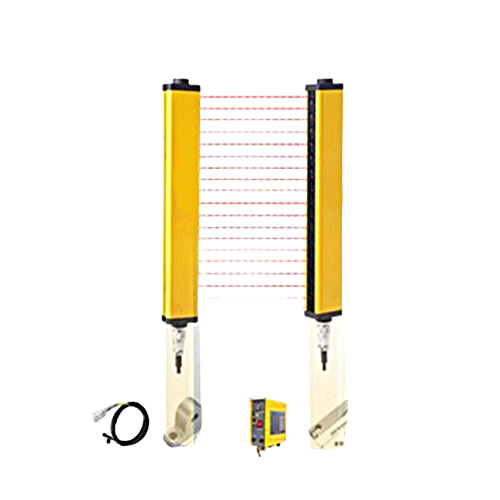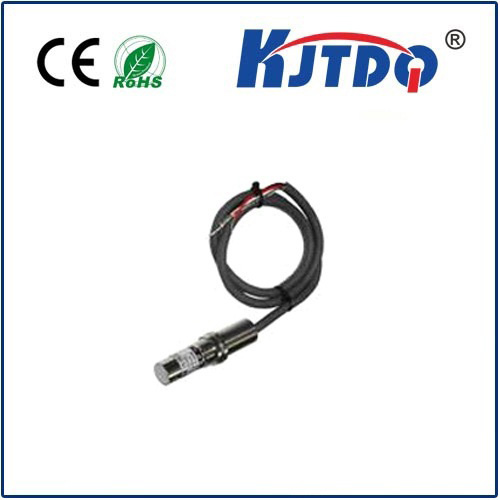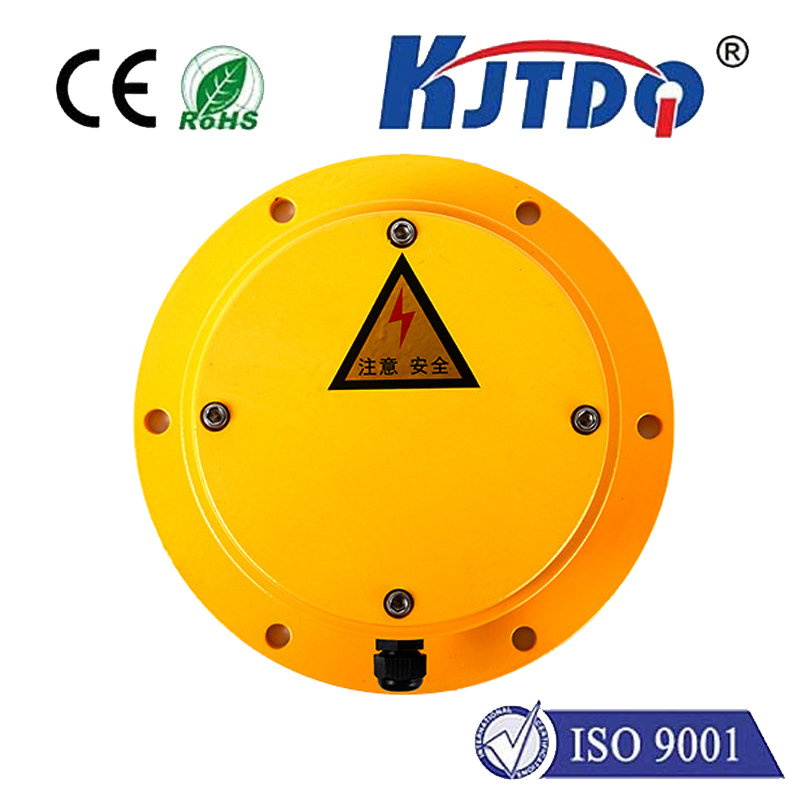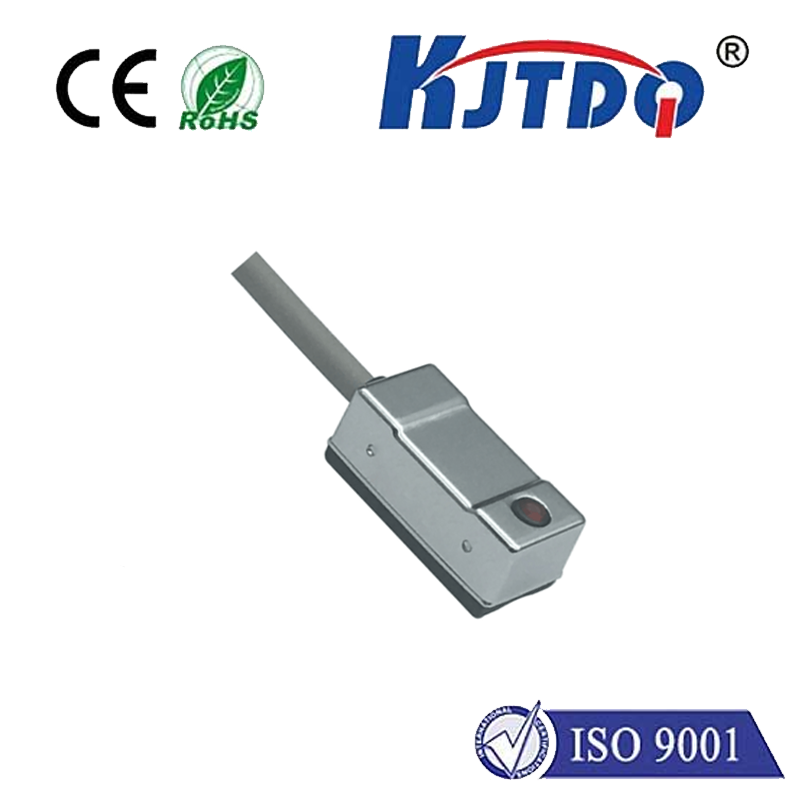

check

check

check

check
Imagine your phone screen instantly dimming as you raise it to your ear during a call, or a sophisticated robotic arm delicately assembling minuscule electronics without a single collision. What enables these seamless, almost intuitive interactions? Often, the unsung hero is the micro proximity sensor. These miniature marvels of engineering detect the presence or absence of objects within incredibly close ranges, triggering actions without physical contact, and they are fundamentally reshaping how devices interact with their environment and users.
Understanding the Fundamentals: Sensing the Unseen
At their core, proximity sensors operate on the principle of non-contact object detection. They emit some form of energy field – be it electromagnetic, electrostatic, or acoustic – and analyze changes in that field caused by an object entering its detection zone. Micro proximity sensors take this concept to the next level by achieving this detection capability within extremely short distances, typically millimeters down to sub-millimeter ranges, and crucially, packaged into exceptionally small footprints. This miniaturization is key to their integration into space-constrained modern devices like smartphones, wearables, medical instruments, and micro-robotics. They are the eyes for tiny spaces where traditional sensors simply cannot fit or function effectively.
Where the Tiny Titans Operate: Key Applications
The compact size and precision of micro proximity sensors unlock a vast array of applications:

The Technology Powering Micro Detection
Several sensing technologies are commonly miniaturized for proximity applications:
Why Micro Proximity Sensors Are Indispensable: Key Advantages
Beyond their core function, the unique benefits driving their adoption include:
The Future: Sensing Even Smarter
The trajectory for micro proximity sensors points towards even greater sophistication. Integration with Artificial Intelligence (AI) and machine learning algorithms will enable more complex interpretation of proximity data – distinguishing between intentional gestures and accidental movements, predicting user intent, and enabling more nuanced interactions. Power consumption will continue to decrease, enabling ubiquitous sensing in the Internet of Things (IoT). Multi-sensor fusion, combining proximity data with other sensor inputs (like IMUs or ambient light sensors), will create richer contextual awareness for devices. We can also expect continued refinement in detection precision and the development of novel sensing principles pushing the boundaries of what can be sensed at the micro-scale.
Case in Point: Revolutionizing Micro-Assembly
Consider the challenge of assembling intricate components inside a modern smartphone or a medical implant. Traditional vision systems might struggle with occlusion or require significant space. Micro proximity sensors embedded directly within the robotic gripper or assembly tool provide real-time feedback on the exact distance to the target component or fixture. This allows for sub-millimeter positioning accuracy, collision avoidance in tightly packed spaces, and verification of successful part placement – all within a fraction of the physical footprint. This level of localized intelligence is transforming precision manufacturing, enabling the production of devices that were previously impossible or prohibitively expensive.
From the device in your hand to the life-saving tools in a hospital, micro proximity sensors work silently and efficiently, bridging the gap between the physical world and digital action on an incredibly intimate scale. Their ability to detect the undetectable, hidden within the smallest of spaces, makes them a cornerstone technology driving innovation towards more intuitive, responsive, and intelligent systems across countless facets of modern life. They are the unseen enablers of smarter, safer, and more seamless interactions.
